Google is bringing a new video doorbell, the Nest Doorbell (with battery), and three new, smart Nest cameras, the Nest Cam (with battery), Nest Cam (with cable ) and the Nest Cam with floodlights. The Nest Cam (with battery) and the doorbell will go on sale from August 24th for 199.99 euros each, the others will follow later.
Google is now processing the data on the devices
The new cameras are the first to be introduced after the Nest Cam IQ in 2017 and the Nest Hello video doorbell in 2018. The main innovation in all models is the change from cloud-based motion detection to local detection directly on the device. The algorithms should process twice as many pixels and at twice the frame rate compared to previous Nest cameras. Not only can the cameras recognize people or objects more quickly, but local processing also improves data protection and privacy. In addition, the new models offer face recognition, with the help of which the user is informed who has been recognized by the camera in the event of a notification – this is implemented as an opt-in for data protection reasons and is also carried out locally on the device, so that the data is not land in the cloud.
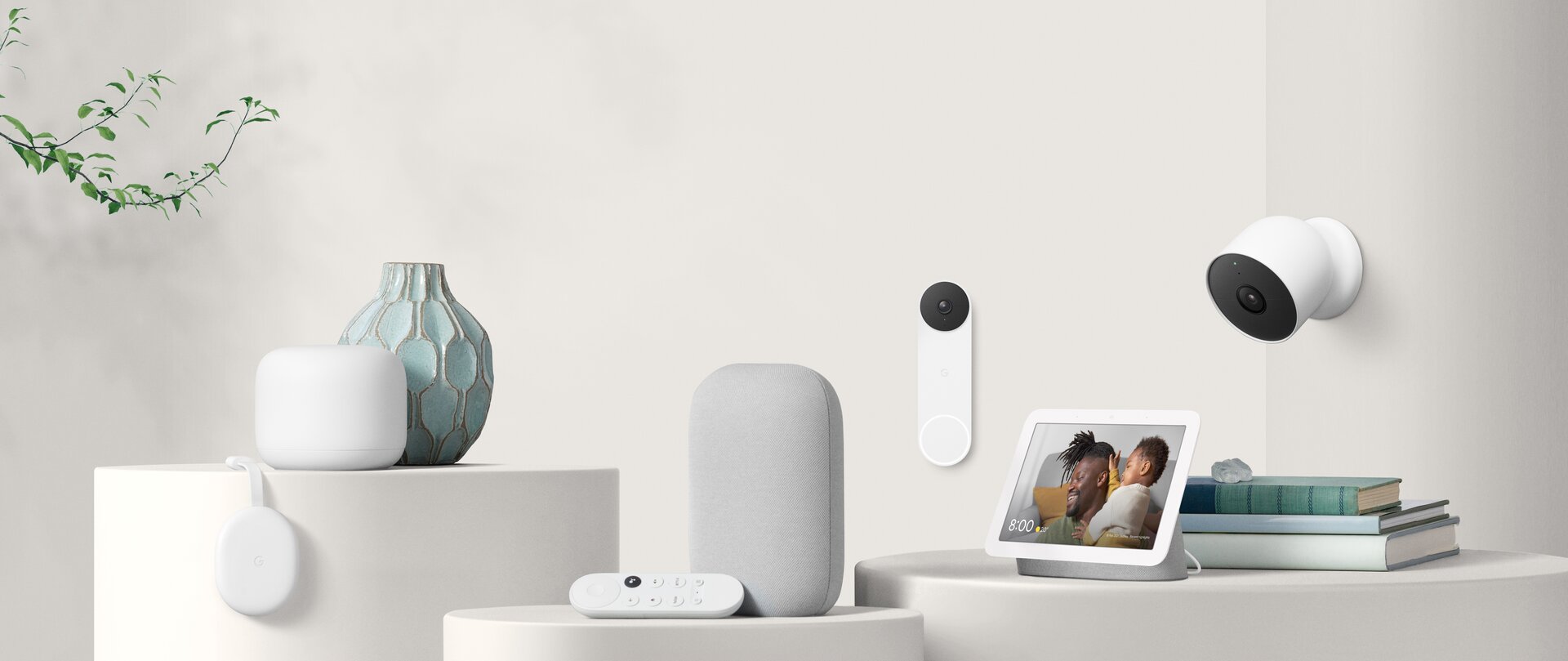 Google's new Nest cameras ( Image: Google)
Google's new Nest cameras ( Image: Google) New and improved object recognition
All new cameras have object recognition that can differentiate between people, animals, vehicles and packages (the latter only with the Nest Doorbell). This detection can be used by any user without a Nest-Aware subscription. The learning recognition should also be able to ignore movements of plants and distinguish them from relevant events in order to only report these to the user. In the case of the Nest Cam with floodlights, this goes so far that the spotlights are only switched on automatically when a relevant movement is detected, i.e. not with every movement. If a person approaches, for example, the light should be activated, but if only a car drives past, the spotlights stay off.
More functions without Subscription
Users now also get more functionality without having to take out a subscription. In addition to object detection, the activity zones also work, with which individual areas can be defined for motion detection while the remaining field of view is left out, without a subscription, and three hours of event-based video recordings are stored in the cloud without incurring any costs.
< figure class = "text-asset text-asset - with-border-bottom text-width">
-
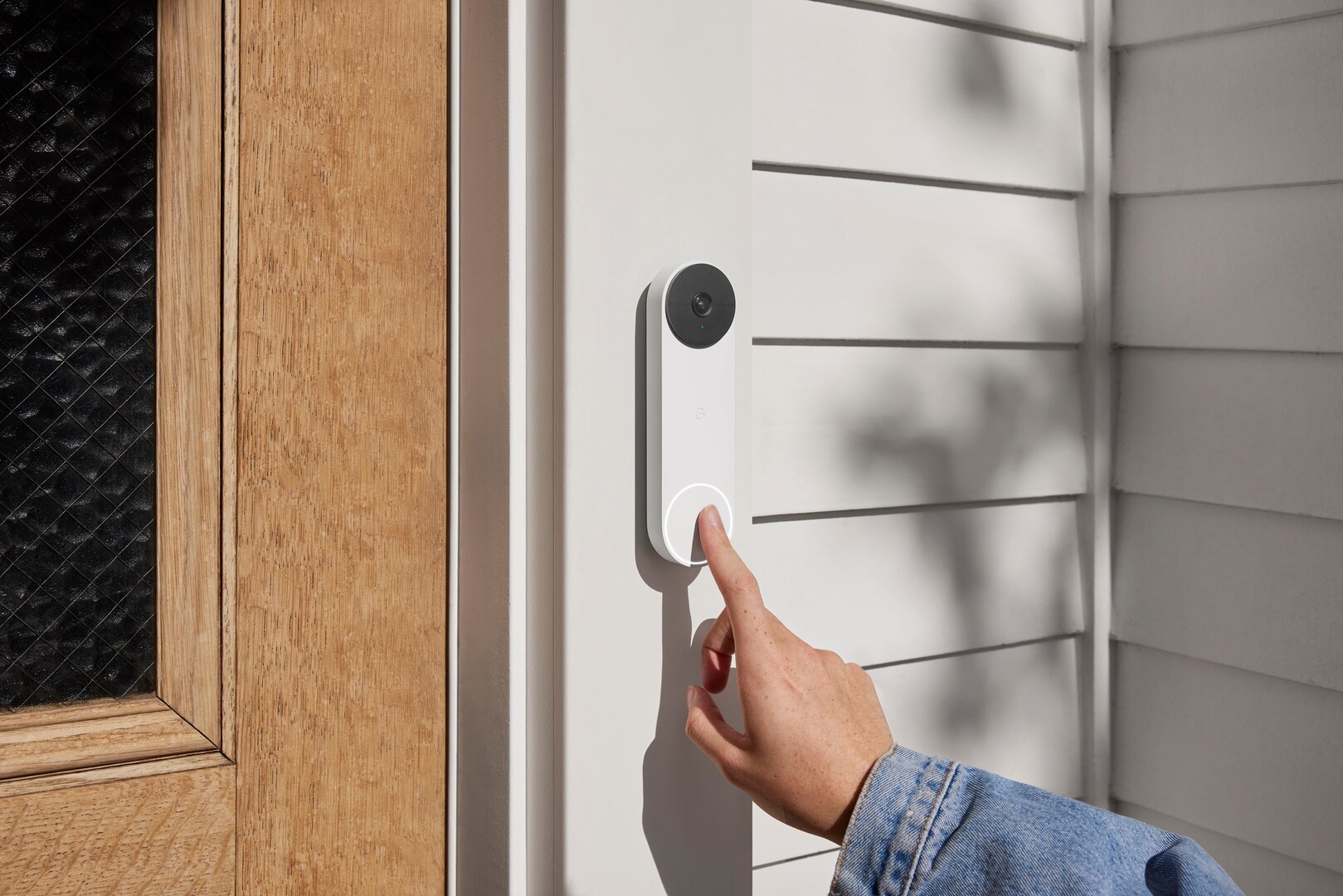 Google Nest Doorbell (with battery) (Image: Google)
Google Nest Doorbell (with battery) (Image: Google)
Image 1 of 2
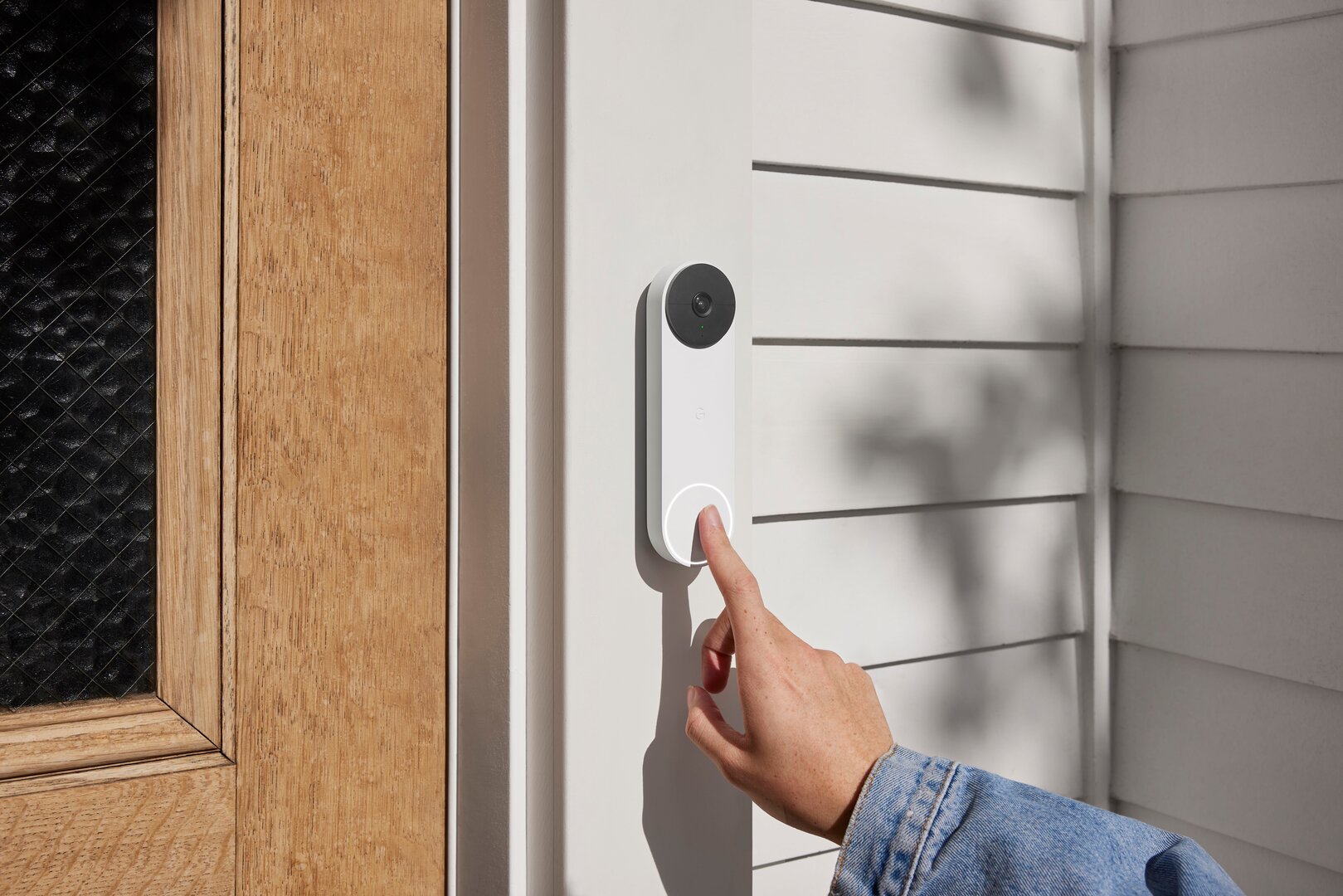 Google Nest Doorbell (with battery)
Google Nest Doorbell (with battery)  Google Nest Doorbell (with battery)
Google Nest Doorbell (with battery)
New Nest Doorbell (with battery)
The new Nest Doorbell has a rechargeable battery and can be operated anywhere without wiring, as long as the WiFi is strong enough. A 20 degree wedge for adjusting the alignment is included. If desired, it can also be connected to the existing bell cabling and thus operated permanently with electricity, which requires an 8-24 VAC, 10 VA, 50/60 Hz transformer. In this case, it also triggers a possibly connected doorbell. In addition, when the doorbell rings or permanently, it can show the live image on the Nest Hub (test) smart display and let connected Nest loudspeakers ring. You can speak to visitors in front of the door using your smartphone or smart display.
The bell also offers the option of automatically playing a message to visitors when they are absent, but these cannot currently be individualized, but are fixed. However, Google considers it possible to enable individual responses depending on user feedback. In order to save energy in battery mode, the recording length and video quality can be adjusted in the settings. The app also shows the expected battery life.
When it comes to the camera, Google speaks of “HD quality” in advance, without giving any details. Night vision and a 6x digital zoom are also supported. The camera's field of view is in 3: 4 format in order to capture visitors from head to toe, even if they come within 20 cm of the doorbell.
First Nest Cam under 100 euros
While the Nest Doorbell (with battery) and Nest Cam (with battery) each cost 199.99 euros, the Nest Cam (with cable) for 99.99 euros and the Nest Cam with floodlight (with cable) for 299.99 euros come on the market. The Nest Cam (with cable) is also the first Nest camera for less than 100 euros. If you want to install the Nest Cam (with battery) permanently wired, you can purchase a 5 meter long connection cable for 34.99 euros or a 10 meter long cable for 39.99 euros. A tripod for the Nest Cam indoors is available for 34.99 euros.
-
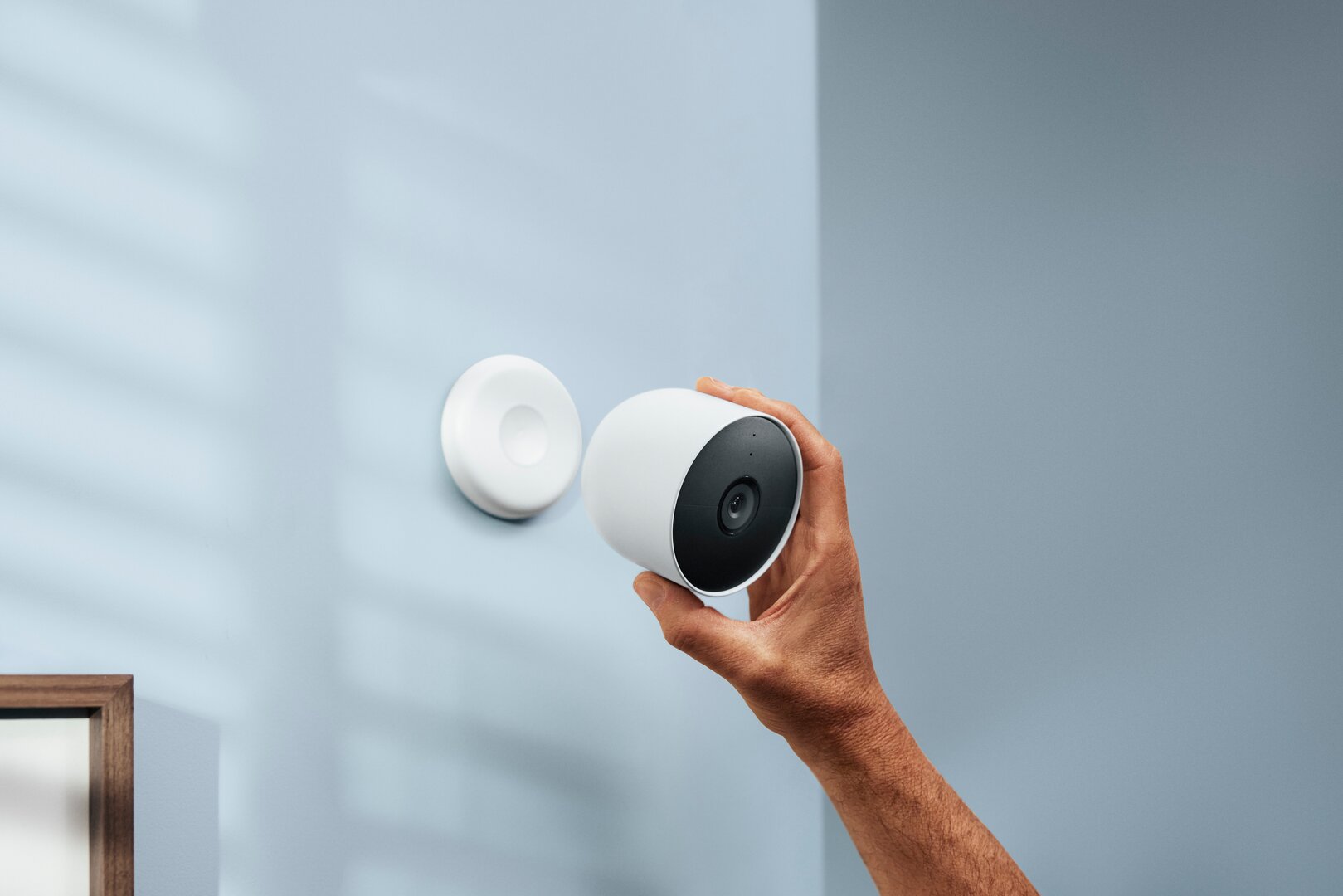 Magnetic holder of the Google Nest Cam (with battery) (Image: Google)
Magnetic holder of the Google Nest Cam (with battery) (Image: Google)
Image 1 of 8
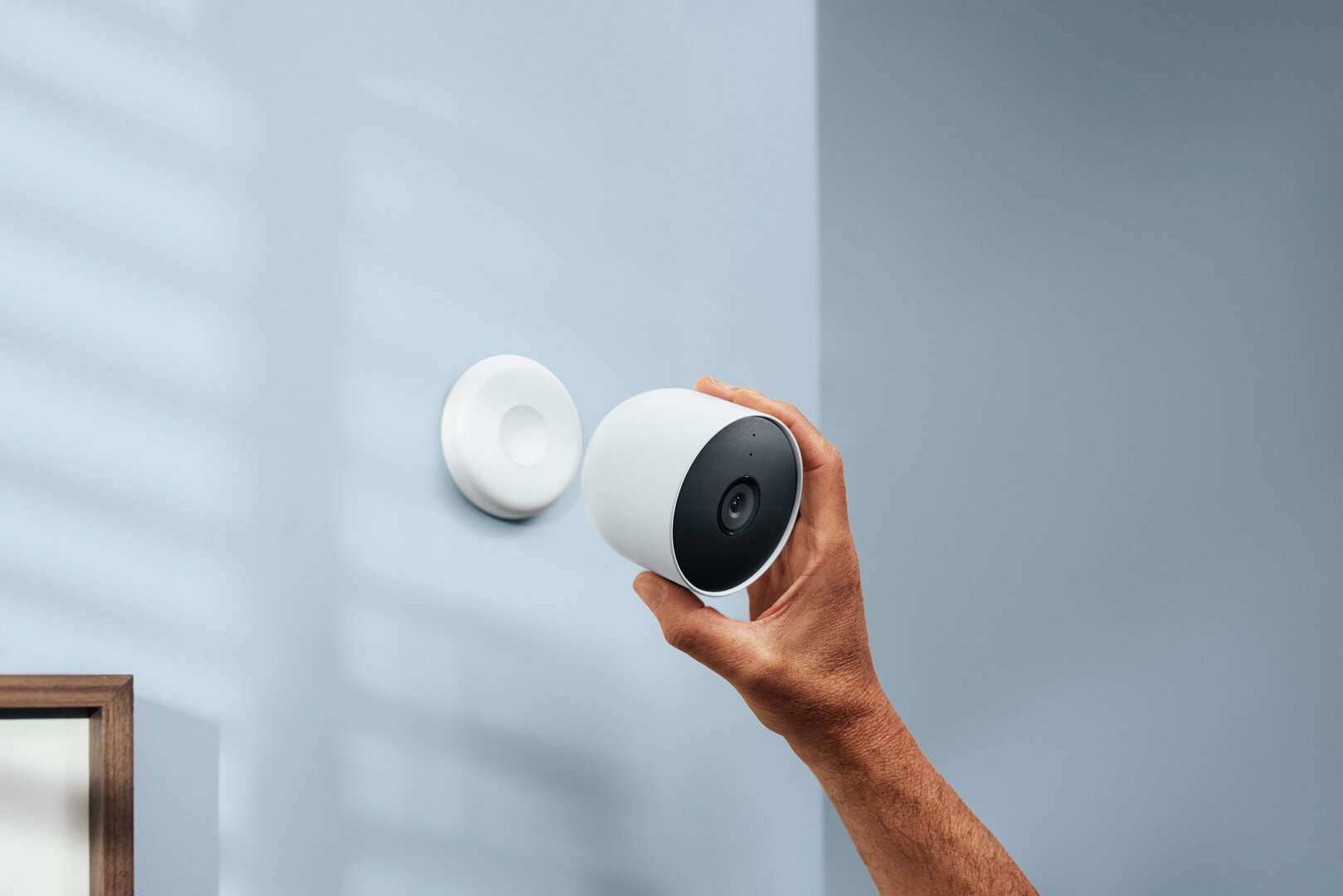 Magnetic holder for the Google Nest Cam (with battery)
Magnetic holder for the Google Nest Cam (with battery) 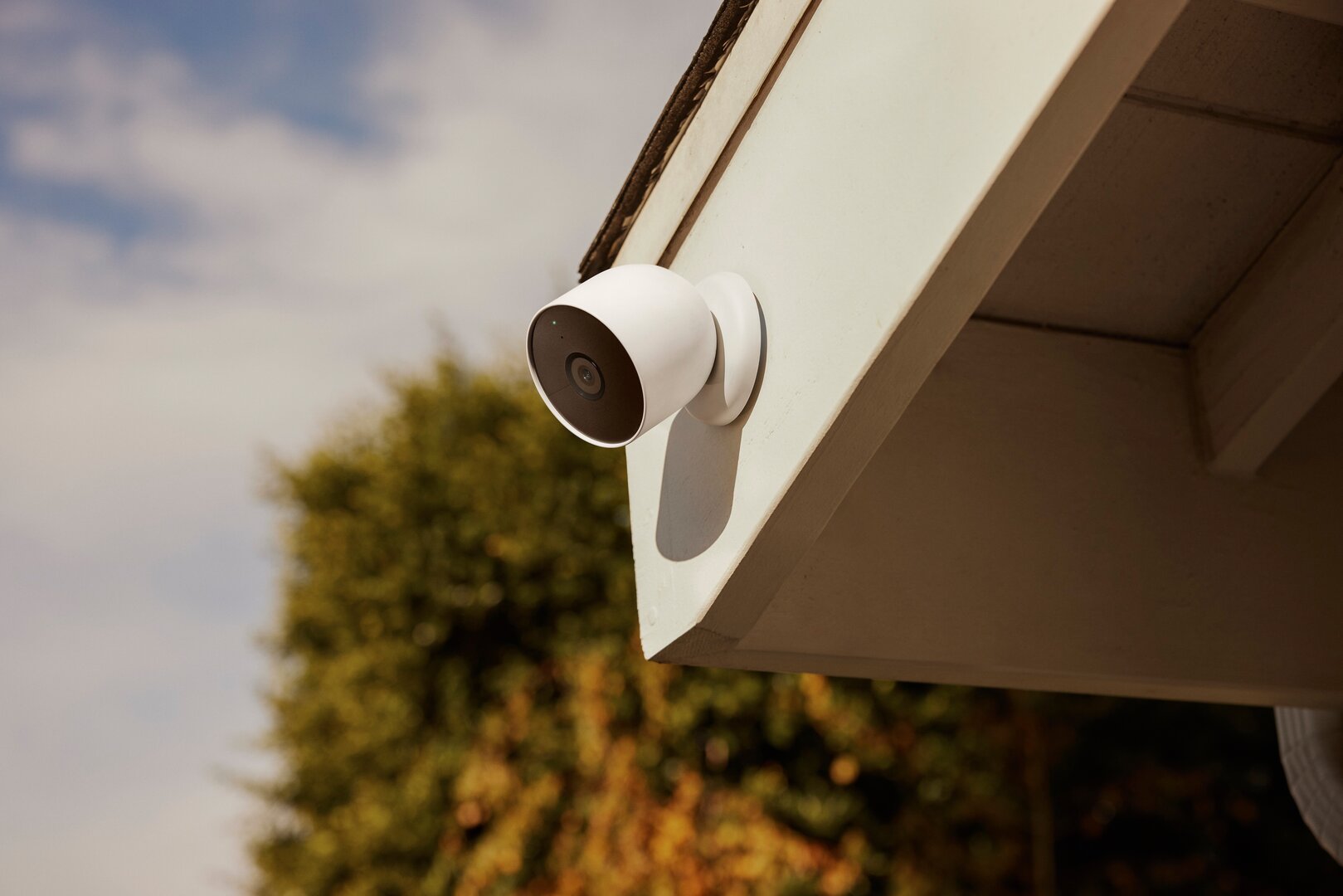 Google Nest Cam (with battery)
Google Nest Cam (with battery) 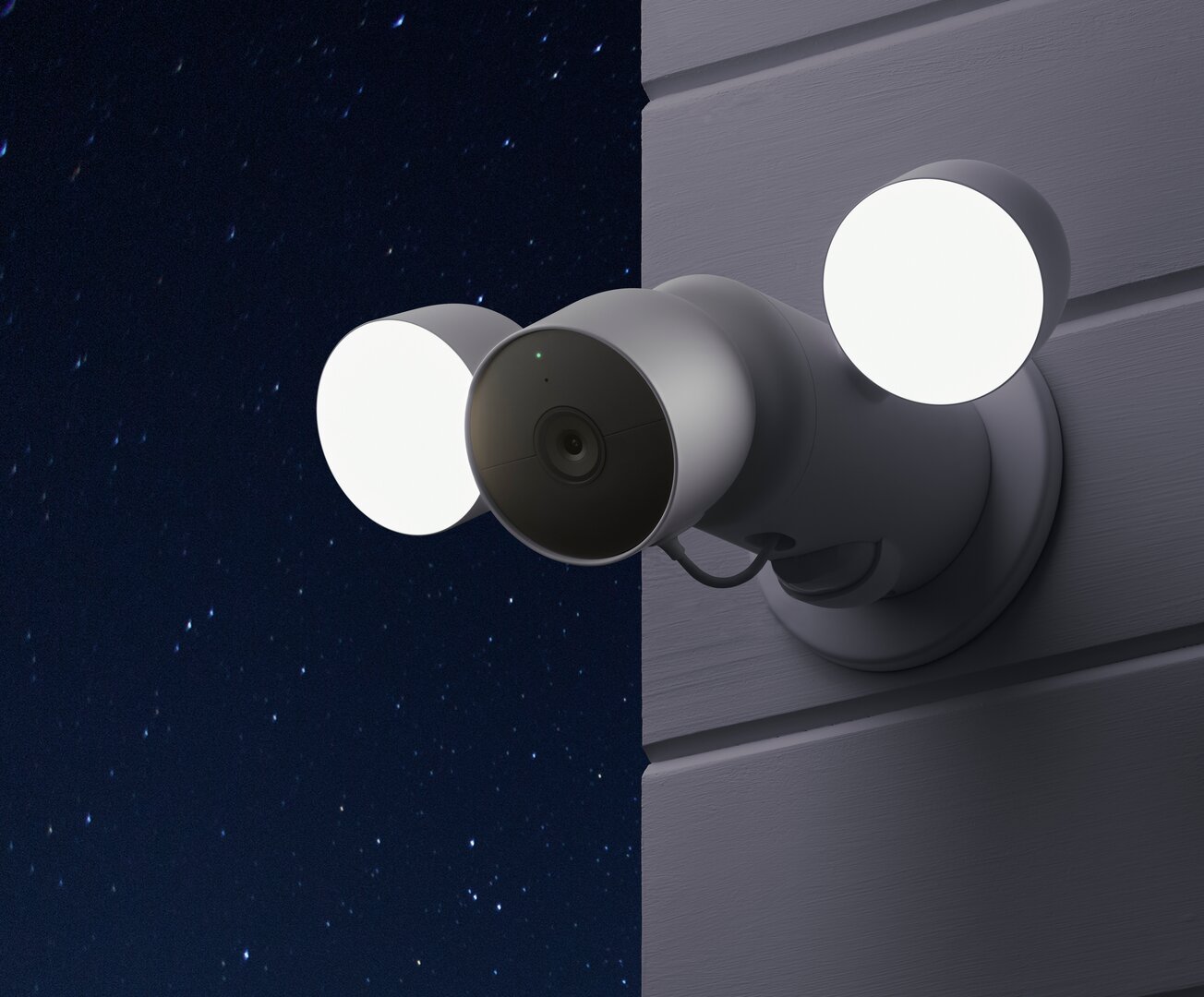 Google Nest Cam with floodlight (with cable)
Google Nest Cam with floodlight (with cable) 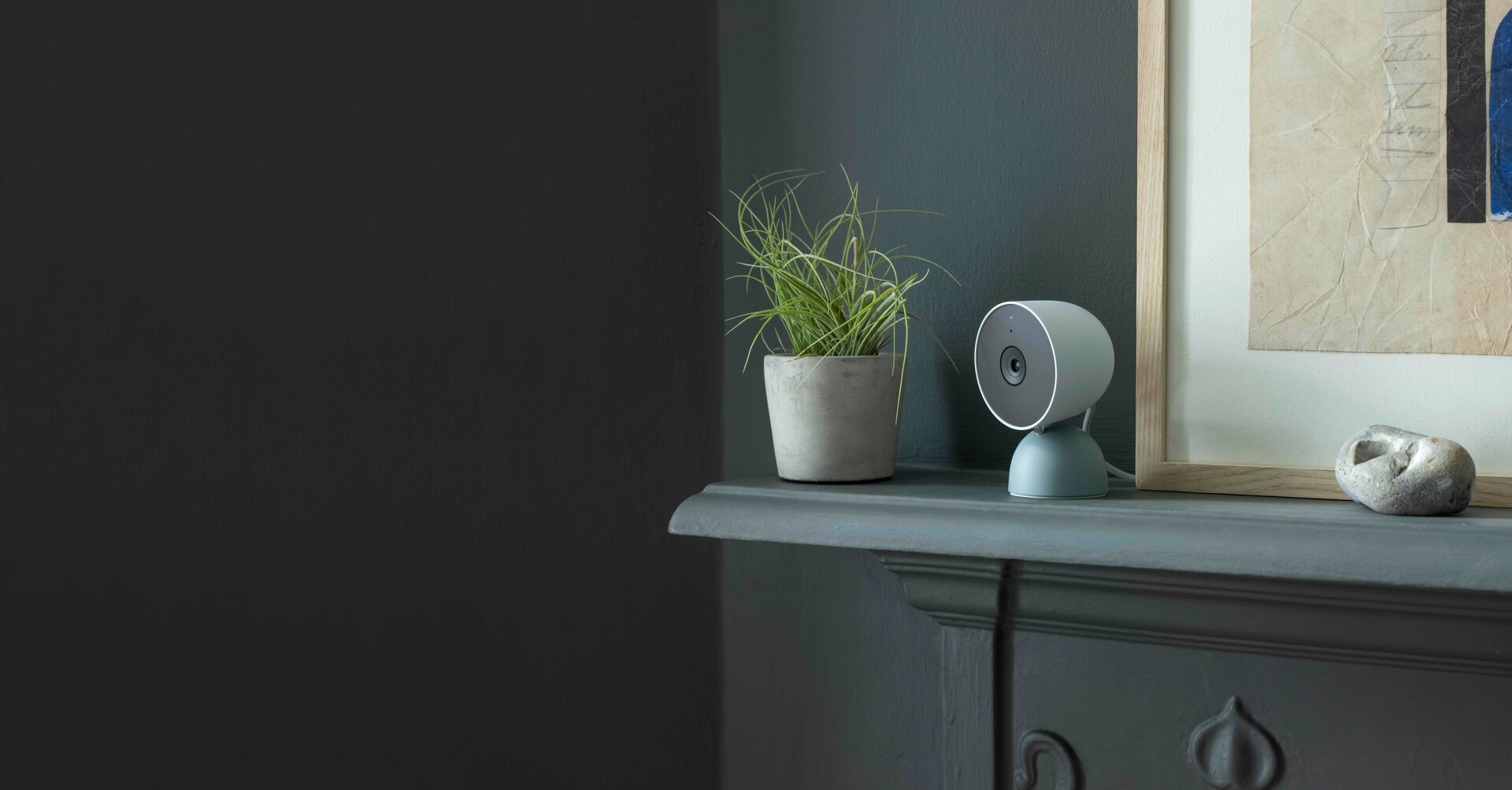 Nest Cam (with cable)
Nest Cam (with cable) 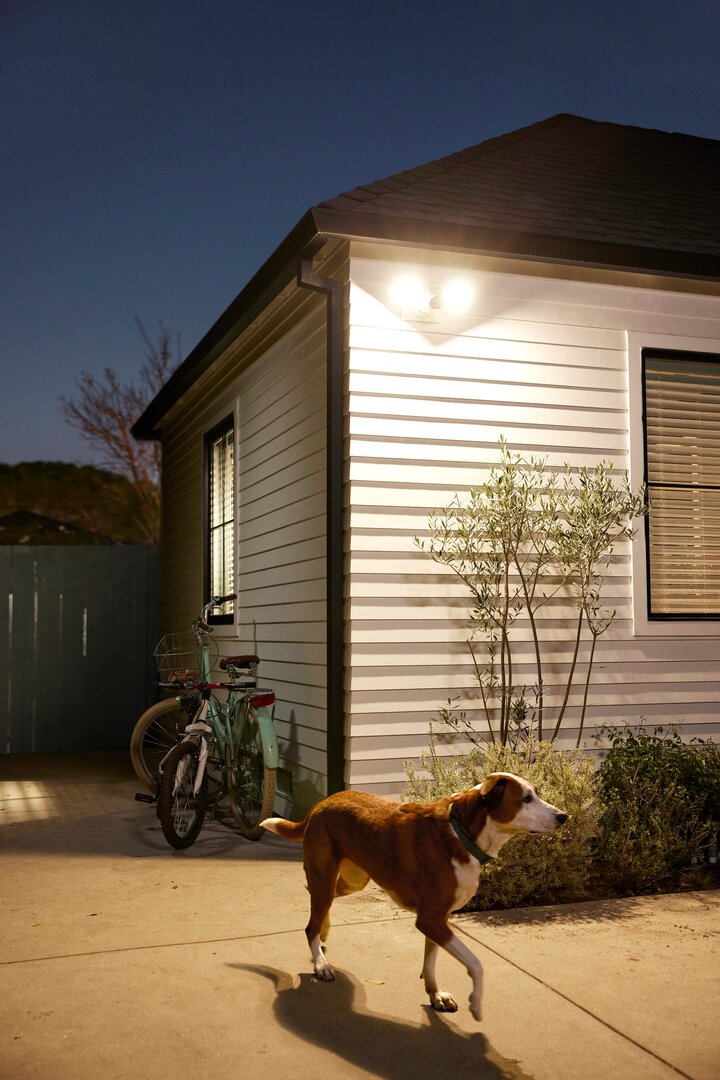 Google Nest Cam with floodlight (with cable)
Google Nest Cam with floodlight (with cable) The Nest Cam uses HDR video in 1080p and offers two-way audio that can be used to speak to people in front of the camera. An LED status light indicates when the camera is processing images, and in the home app you can use “Home” and “Away” routines to set when the camera should take pictures.
All recordings from the Nest cameras are generally stored and transmitted in encrypted form, but Google does not speak of end-to-end encryption.
Nest Aware subscription for storage in the cloud
The introduction of the new cameras and the video doorbell will not change anything about the optional Nest Aware subscription model. For 5 euros per month or 50 euros a year, the user receives a 30-day, event-based video history for all cameras in the home, for 10 euros per month or 100 euros a year with Nest Aware Plus, however, a 60-day event-based video history and 10 days continuous video recording in the cloud. Google changed the subscription to Nest at the end of 2019, so that you no longer have to take out one subscription for each camera individually, but only one subscription for all cameras.
Old cameras not optimally integrated in the home app
At the construction site that the new Nest cameras are located in the Google Home app, the old cameras Still using the Nest app, however, changes little. Although the old cameras can now also be accessed in the Home app, the history is not available and the cameras can still only be set up using the Nest app. According to Google, work is still going on to unite all models in the home app, but no date has been given when the integration will be implemented.
ComputerBase has information on this article obtained from google under NDA. The only requirement was the earliest possible publication time.